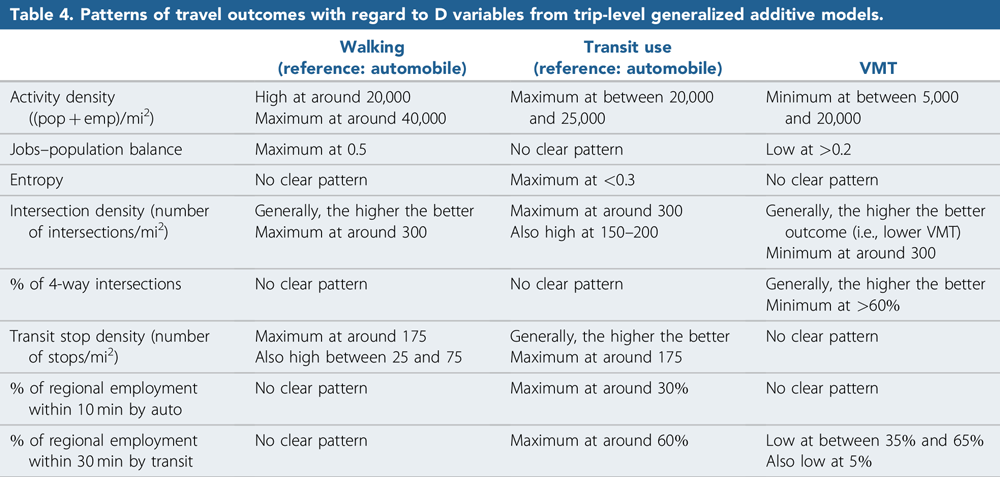Uncovering JAPA
Polycentric Development and the Future of Regions

Polycentricity is the dominant configuration for urban landscapes, and for good reason.
If employed correctly, polycentricity can promote sustainable growth — allowing regions to thrive economically while preserving the environment. That's the finding of authors Keunhyun Park, Reid Ewing, Sadegh Sabouri, Dong-ah Choi, Shima Hamidi, and Guang Tian in "Guidelines for a Polycentric Region to Reduce Vehicle Use and Increase Walking and Transit Use" in the Journal of the American Planning Association (Vol. 86, No. 2).
Polycentricity for Sustainable Regional Development
While polycentricity is a positive phenomenon, much lauded, the authors contend it lacks a clear definition. In their study of 126 regional transportation plans, ninety percent mentioned the significance of centers; yet, only 20 percent provided quantifiable characteristics to identify them. Without such criteria, planners may find themselves never achieving centers that promote alternative transportation like walking or shared mobility.
The authors thus develop their characteristics for effective centers around five variables:
- density
- diversity
- design
- destination accessibility
- distance to transit
Using a generalized additive model, they yield three sets of characteristics for centers one maximizing the probability of walking, one maximizing the probability of transit use, and the last minimizing vehicle miles traveled.

Table 4: Patterns of travel outcomes with regard to D variables from trip-level generalized additive models.
Effective Characteristics for Polycentric Development
The authors recommend characteristics for efficacious polycentric development. They find that centers are most effective with:
- an activity density between 10,000 and 25,000 (16–40 population and jobs per acre, varying by center type)
- a minimum of 0.2 to 0.5 jobs–population balance
- a minimum of 150 to 300 intersections per square mile
- more than 60 percent of four-way intersections
- more than 25 or 150 transit stops per square mile (according to center type)
- a minimum of 5 percent or 35 percent of regional job access within 30 minutes by transit (according to center type)
This can assist planners in the first step of polycentric development — accurately identifying existing centers. Knowing the location of existing centers enables planners to more effectively plan for future centers.
Polycentric development can reshape regions in ways larger than transportation — housing, health, environment, and energy. As the authors suggest, it may allow our regions to expand in alignment with smart growth principles.
Yet, knowing the ecological crisis in which we find ourselves, should growth be our priority? Or, instead, should we view polycentric development as an opportunity to structure our regions in a manner consistent with ecological healing?
Top image: Getty Images illustration.


